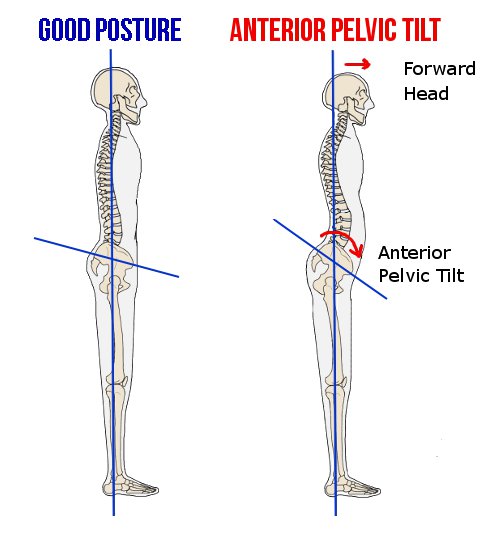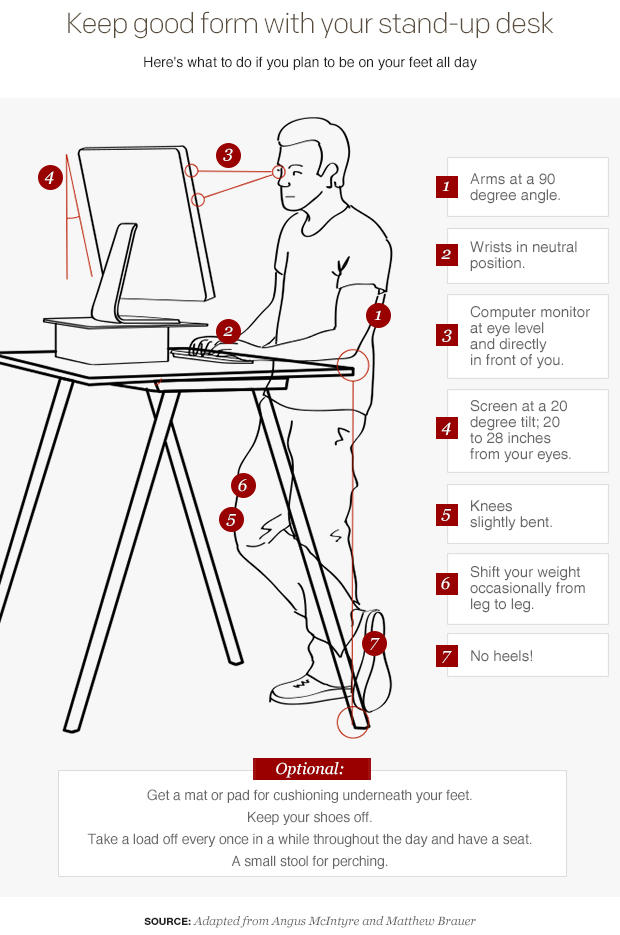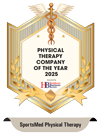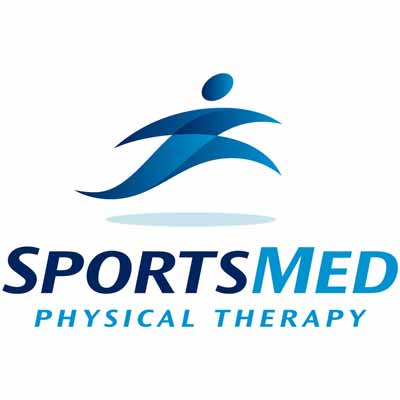The standing desk has been a trend for some time now. Many desk-bound workers are making the switch to avoid sitting, which has been labeled as a worse activity than smoking. Naturally, to avoid this one extreme people look to the other. But are standing desks really the solution?
There are a few things to consider before making the switch. First, the body’s amazing ability to adapt to almost any situation. What does this mean? Let’s use sitting as our example. If you are sedentary for most of the day, certain adaptations occur. First the rounded forward posture; the shoulders round forward as we sink into our seats. This leads to tight chest, lack of activation in the last, and dumping of tension into the neck. Ultimately it can translate into shoulder pain, neck pain, or both.
What is really happening is that since the forward slump is where most of the day is spent, the body adapts by limiting range of motion and tightening muscles that are shortened regularly (in this case the chest). It also loses strength in muscles that are lengthened (lats). This is all in an effort to be better at sitting. Sound crazy right? The body does not know what a good or bad position is, only to adapt to the position you are in most of the time.
Side Note: Keep in mind this slumped forward posture is how most people sit at computers, text, or watch tv. Walk into your nearest café and you will notice more people slumped forward than sitting upright.
 Similar occurrences happen in the lower body. When seated, the hip is flexed and the quads (top of the thigh) are shortened. The muscles of the back of the leg, specifically the glutes, become elongated and weak. Overtime this leads to the inability to engage glutes. Tight quads/hip flexors and weak glutes are seen regularly, especially in those who walk around in an anterior tilt. Weak glutes mean that hip extension does not happen as regularly as it should and stress gets dumped into the lower back.
Similar occurrences happen in the lower body. When seated, the hip is flexed and the quads (top of the thigh) are shortened. The muscles of the back of the leg, specifically the glutes, become elongated and weak. Overtime this leads to the inability to engage glutes. Tight quads/hip flexors and weak glutes are seen regularly, especially in those who walk around in an anterior tilt. Weak glutes mean that hip extension does not happen as regularly as it should and stress gets dumped into the lower back.
Pro Tip: If you lead a predominantly sedentary lifestyle, playing pickup games, doing yardwork, or messing around with your kids can lead to real problems. Do yourself a favor and warm up before any type of physical activity.
[divider height=”1″ width=”250px” bg_color=”#34ceda” margin_top=”20″ margin_bottom=”20″ alignment=”center” display_icon=”off” /]
In need of Physical Rehabilitation? Schedule an Appointment Today!
If you have any questions, or want a consultation with a professional, feel free to call, or schedule an appointment online at any of our Bergen County or Passaic County offices in New Jersey. Choose from Glen Rock, Franklin Lakes, Fair Lawn, Ho-ho-kus/Ridgewood, and/or Clifton – we make it possible for you to visit any of our offices at your convenience.
[divider height=”1″ width=”250px” bg_color=”#34ceda” margin_top=”20″ margin_bottom=”20″ alignment=”center” display_icon=”off” /]
So there you have it. Sitting is potentially the cause of common neck, shoulder, and lower back pain. Not to mention problems such as organ issues, vein disorders, or cardiovascular diseases that have been linked with sitting most of the day. Keep in mind that the issue is lack of movement, not necessarily sitting.
What ends up happening is desk-bound workers sit in the morning for breakfast, sit on their commute to work, sit at their desk, sit at lunch, go back to their desk, sit on the way home, sit for dinner, and sit in front of the TV. Even those who do regularly exercise, lack the activity needed to undo 8+ hours of sitting every day. While sitting has been labeled as the issue, lack of activity is the real culprit.
Enter the Standing Desk
The obvious solution then is to stand more right? Well yes and no. Standing will help with a lot of issues, but you can’t switch to a standing desk and expect it all to go away. Much like a new exercise program, the body will need time to adapt. Also, standing 8+ hours per day will lead to its own host of issues, specifically with feet, calves, legs, and back. Let’s go through this again – the human body will adapt to ANY position it is in regularly. This is not necessarily a good thing. Too much of any one position is NOT good.
Ideally, the best solution is a combination of standing and sitting as well as getting on a regular exercise program. Other things to consider are an anti-fatigue mat. These work wonders for standing, the unstable surface causes perturbations that keep the leg constantly in motion. This constant motion goes practically unnoticed and allows us to stand longer with less detrimental effects.
In terms of posture while standing the following diagram covers those bases:

Pro Tip: When shopping for a standing desk, get one with a crank that allows it to be lowered or raised. That way you can alternate easily between periods of standing and sitting.
Lastly, remember this – the key to health is to move more and move often. Try to change positions as much as possible, it may be annoying but trust us when we say lower back, knee, or shoulder pain are way more annoying.
[footer title=”Do you, or someone you know need Physical Rehabilitation? We can help you with a simple consultation.”]





